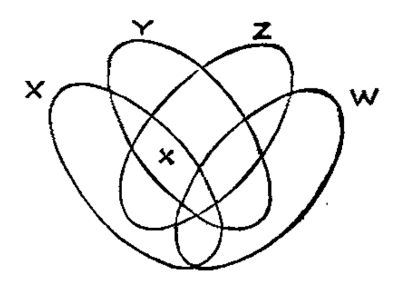Club.noww.in
I keep running into Edward John Routh (1831–1907). He is best known for the Routh-Hurwitz stability criterion but he pops up occasionally elsewhere. The previous post discussed Routh’s mnemonic for moments of inertia and his “stretch” theorem. This post will discuss his triangle theorem.
Before stating Routh’s theorem, we need to say what a cevian is. Giovanni Ceva (1647–1734) was an Italian geometer, best known for Ceva’s theorem, and for a construction in that theorem now known as a cevian.
A cevian is a line from the vertex of a triangle to the opposite side. Draw three cevians by connecting each vertex of a triangle to a point on its opposite side. If the cevians intersect at a point, Ceva’s theorem says something about how the lines divide the sides. If the cevians form a triangle, Routh’s theorem find the area of that triangle.
Routh’s theorem is a generalization of Ceva’s theorem because if the cevians intersect at a common point, the area of the triangle formed is zero, and then Routh’s area equation implies Ceva’s theorem.
Let A, B, and C be the vertices of a triangle and let D, E, and F be the points where their cevians intersect the opposite sides.

Let x, y, and z be the ratios into which each side is divided by the cevians. Specifically let x = FB/AB, y = CD/BD, and z = EA/CE.
Then Routh’s theorem says the area of the green triangle formed by the cevians is
If the cevians intersect at a point, the area of the triangle is 0, which implies xyz = 1, which is Ceva’s theorem.











 English (US)
English (US)